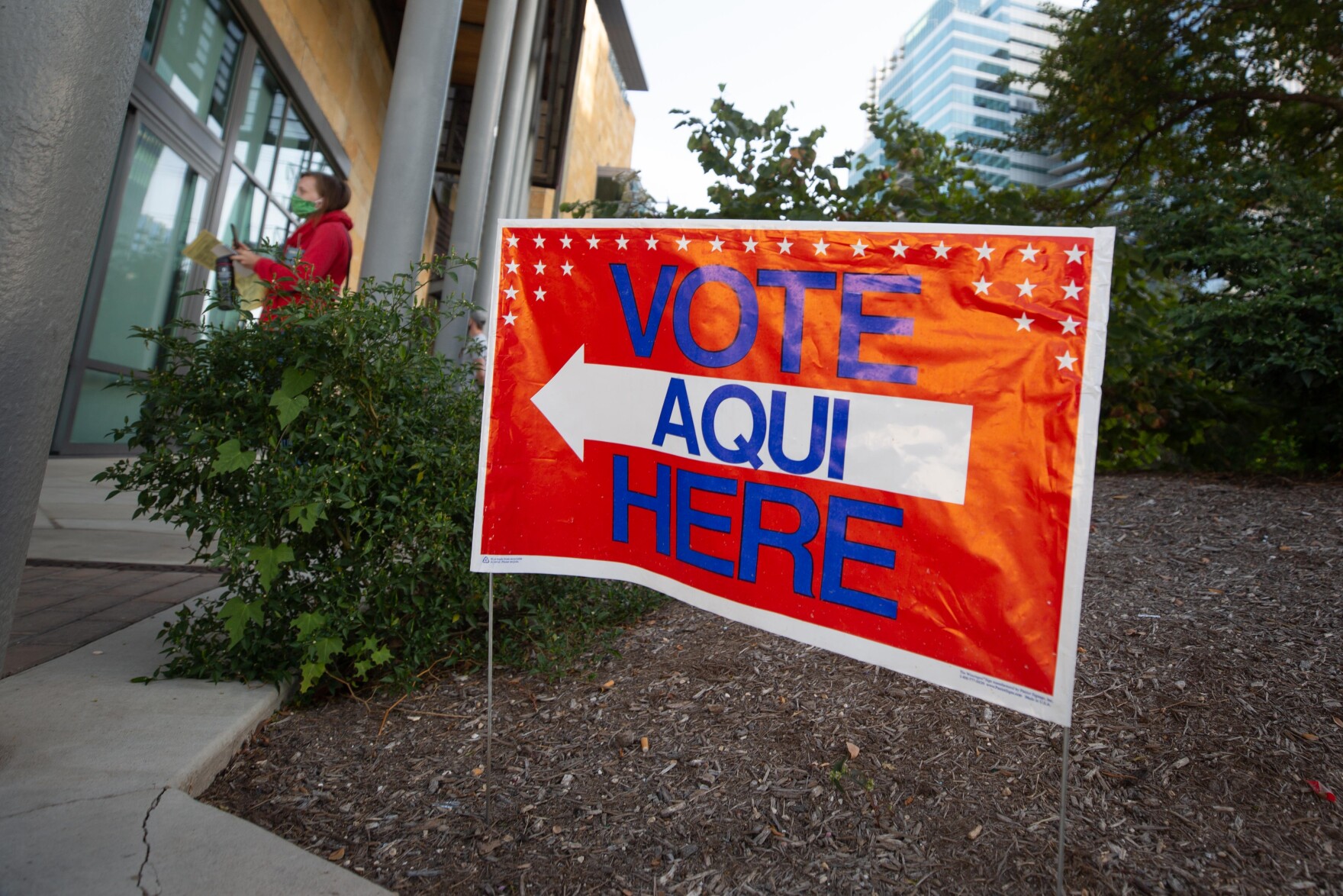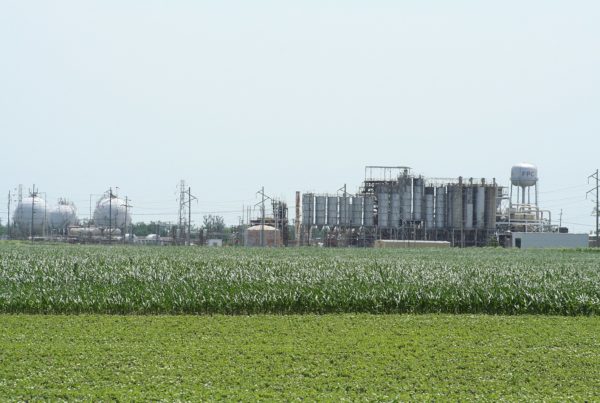From The Texas Newsroom:
Property taxes have become a hot-button issue across Texas, with recent tax appraisals giving homeowners sticker shock.
“We’ve seen rapid price appreciation in all of our metros, Austin, of course, being the leading area,” Adam Perdue, a research economist with the Texas Real Estate Research Center at the Mays Business School at Texas A&M University, said in a recent conversation with Texas Standard. “But even across every major metro in Texas where we can track valuations, we’re seeing them increase quite rapidly.”
RELATED: Listen to an earlier segment for more details about May 7 elections:
In an election year, it’s become a political issue as well. The state’s gubernatorial candidates were quick to trade jabs about promises to provide property tax relief. And the Texas Legislature has said it plans to use $3 billion in federal relief funds to reduce the tax on homeowners.
Amid this backdrop, voters now have the opportunity to decide on two constitutional amendments which experts say could help slow property tax increases. Early voting for the May 7 election is underway now and runs through Tuesday, May 3.
“With the two constitutional amendments up for a vote, I think that probably bodes well for their fate because taxes are on everyone’s minds at the moment,” said James Quintero, policy director at the conservative organization Texas Public Policy Foundation.
But this isn’t clear cut for voters. State lawmakers have admitted the two proposed amendments — Prop 1 and Prop 2 — are described on the ballot in a way most will probably find confusing.
A Texas Senate panel recently met to address the wordy language, and vowed to make sure future proposals were written in a clearer, more concise way.
The Texas Newsroom has been digging into the two proposals, and has broken down each one of them.
Texas Proposition 1 explained
The first statewide proposal concerns property taxes paid by the elderly and people with disabilities.
Under current law, the taxes you pay towards public schools freeze the year you turn 65 or you become disabled.
But in 2019 the Texas Legislature passed a bill allocating money to buy down school property taxes. As a result, school districts started compressing their tax rates, and people started seeing reductions.
That is, except people 65 and older or with disabilities, whose rates were frozen.
Quintero said this constitutional amendment is designed to “cure” that discrepancy. If passed, it would adjust the taxes for those groups down to the same percentage as everyone else.
The 77-word ballot proposal has received criticism because of its length and because it’s written in a confusing way, filled with legalese.
In fact, according to Ballotpedia, it would take about 20 seconds to read the whole proposal.
“Nobody could be expected to understand what it would do from just sitting and reading it,” Dick Lavine, a senior fiscal analyst at the left-leaning think tank Every Texan, said. “It’s probably worth thinking about it before you go in there [to vote], so you don’t spend half a day staring at the election machines.”
Lavine is not completely on board with what Proposition 1 would do. He told The Texas Newsroom tax breaks should target those who need the most help, explaining not every 65-year-old necessarily needs it.
But, Lavine added, he believes it’s fair to allow people with disabilities and the elderly to have access to the lower tax rates.
The first statewide proposal concerns property taxes paid by the elderly and people with disabilities.
Under current law, the taxes you pay towards public schools freeze the year you turn 65 or you become disabled.
But in 2019 the Texas Legislature passed a bill allocating money to buy down school property taxes. As a result, school districts started compressing their tax rates, and people started seeing reductions.
That is, except people 65 and older or with disabilities, whose rates were frozen.
Quintero said this constitutional amendment is designed to “cure” that discrepancy. If passed, it would adjust the taxes for those groups down to the same percentage as everyone else.
The 77-word ballot proposal has received criticism because of its length and because it’s written in a confusing way, filled with legalese.
In fact, according to Ballotpedia, it would take about 20 seconds to read the whole proposal.
“Nobody could be expected to understand what it would do from just sitting and reading it,” Dick Lavine, a senior fiscal analyst at the left-leaning think tank Every Texan, said. “It’s probably worth thinking about it before you go in there [to vote], so you don’t spend half a day staring at the election machines.”
Lavine is not completely on board with what Proposition 1 would do. He told The Texas Newsroom tax breaks should target those who need the most help, explaining not every 65-year-old necessarily needs it.
But, Lavine added, he believes it’s fair to allow people with disabilities and the elderly to have access to the lower tax rates.
Texas Proposition 2 explained
The second statewide proposition would raise the homestead exemption for school property taxes from $25,000 to $40,000.
A homestead exemption reduces the taxable value of your home.
So, for example, with the current exemption, a homeowner with a property valued at $500,000 would be paying taxes on $475,000.
If Proposition 2 passes, that hypothetical homeowner would instead pay taxes based on a $460,000 valuation.
Both Lavine and Quintero forecast homeowners would save somewhere between $175 to $180 a year — or about $15 dollars a month — if the measure passes.
“Hopefully that would produce some savings that the average person can use to offset the rising level of cost of living increase,” Quintero said.
Lavine also added, from Every Texan’s perspective, this proposal was crafted in an equitable way.
“We are not especially looking to cut property taxes — we think the first priority should be increasing school funding,” Lavine said. “But if you do want to cut property taxes, this is the best way to do it because it’s more fair.”
Lavine said it gives a bigger benefit in terms of percentage income to those who need it the most, like low-income residents.
For voters concerned about the impact these propositions might have on school districts, Lavine said schools won’t be affected.
“School districts lose nothing from this because the state will make up the lost tax revenue,” Lavine said. “If the amount that the school district brings in is reduced because of this increased exemption, the state will increase state aid so the school district is not worse off.”
















